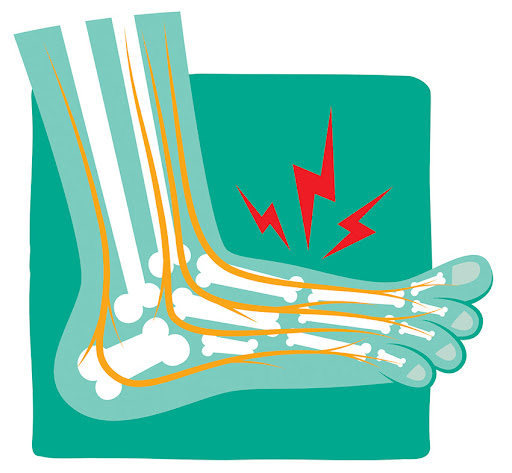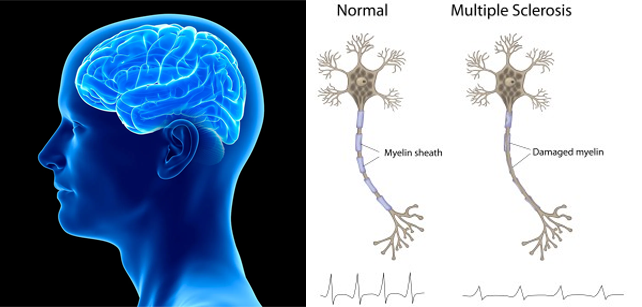The diagnosis of peripheral neuropathy typically involves a combination of medical history, physical examination, and various diagnostic tests to determine the underlying cause and assess the extent of nerve damage. Here is an overview of how peripheral neuropathy is diagnosed:
1. Medical History and Physical Examination:
– The healthcare provider will begin by taking a detailed medical history, which includes asking about the onset and progression of symptoms, any underlying medical conditions, medications, family history, and exposure to toxins or risk factors.
– A thorough physical examination is conducted to assess muscle strength, reflexes, coordination, and sensitivity to touch, temperature, and vibration. The provider may also check for signs of other medical conditions that could be contributing to neuropathy.
2.Neurological Examination:
– A neurological examination focuses on evaluating the peripheral nerves, which includes testing muscle strength, reflexes, sensation, and coordination. The doctor may use tools such as a monofilament or tuning fork to assess sensory perception.
3. Nerve Conduction Studies (NCS) and Electromyography (EMG):
– NCS and EMG are common tests used to diagnose peripheral neuropathy and assess nerve function. During NCS, small electrical shocks are applied to specific nerves, and the speed and strength of nerve signal conduction are measured. EMG involves the insertion of tiny needles into muscles to evaluate their electrical activity.
– These tests can help determine the location and severity of nerve damage.
4. Blood Tests:
– Blood tests may be ordered to identify underlying medical conditions that can cause or contribute to peripheral neuropathy. Common tests include those to measure blood sugar levels (for diabetes), vitamin B12 levels, kidney and liver function, thyroid function, and markers of autoimmune diseases.
5. Imaging Studies:
– In some cases, imaging studies such as magnetic resonance imaging (MRI) or computed tomography (CT) scans may be recommended to visualize the nerves, spinal cord, or any structural abnormalities that could be affecting nerve function.
6. Nerve Biopsy:
– In rare cases where the diagnosis is challenging or when a specific cause is suspected, a nerve biopsy may be performed. This involves removing a small piece of nerve tissue for examination under a microscope.
7. Skin Biopsy:
– In certain neuropathies, such as small fiber neuropathy, a skin biopsy may be performed to evaluate nerve endings in the skin.
8. Lumbar Puncture (Spinal Tap):
– In cases where inflammation of the nervous system is suspected, a lumbar puncture may be performed to analyze cerebrospinal fluid for signs of infection or autoimmune disorders.
Diagnosing peripheral neuropathy can be complex, as there are numerous potential causes and types of neuropathy. A comprehensive evaluation, including the above diagnostic tests, helps identify the underlying cause and determine the most appropriate treatment plan.
Once a diagnosis is established, treatment can be tailored to manage symptoms, slow progression, and address the underlying condition if possible. It’s essential to consult with Dr. Amit Shah, a healthcare professional or Neurologist in Kandivali practicing at Dr. Amit Shah Neurology Clinic for a proper diagnosis and individualized care.




